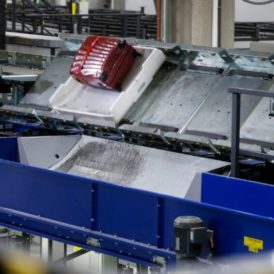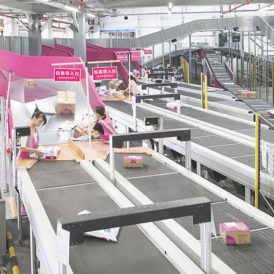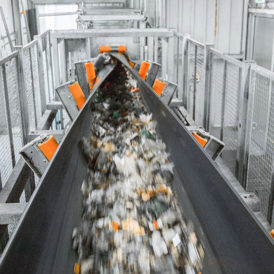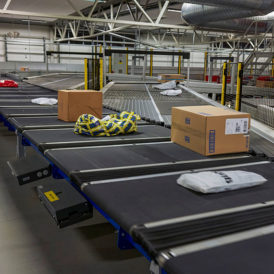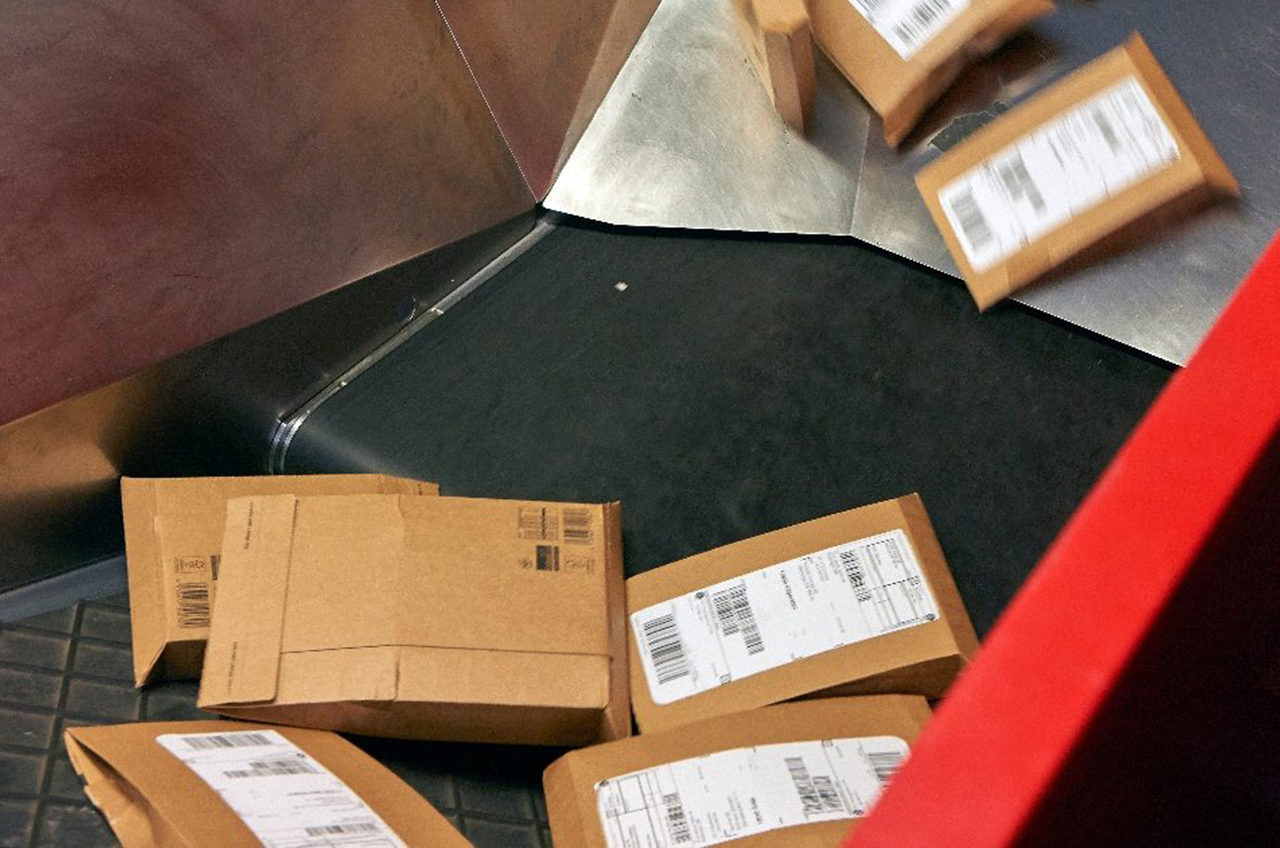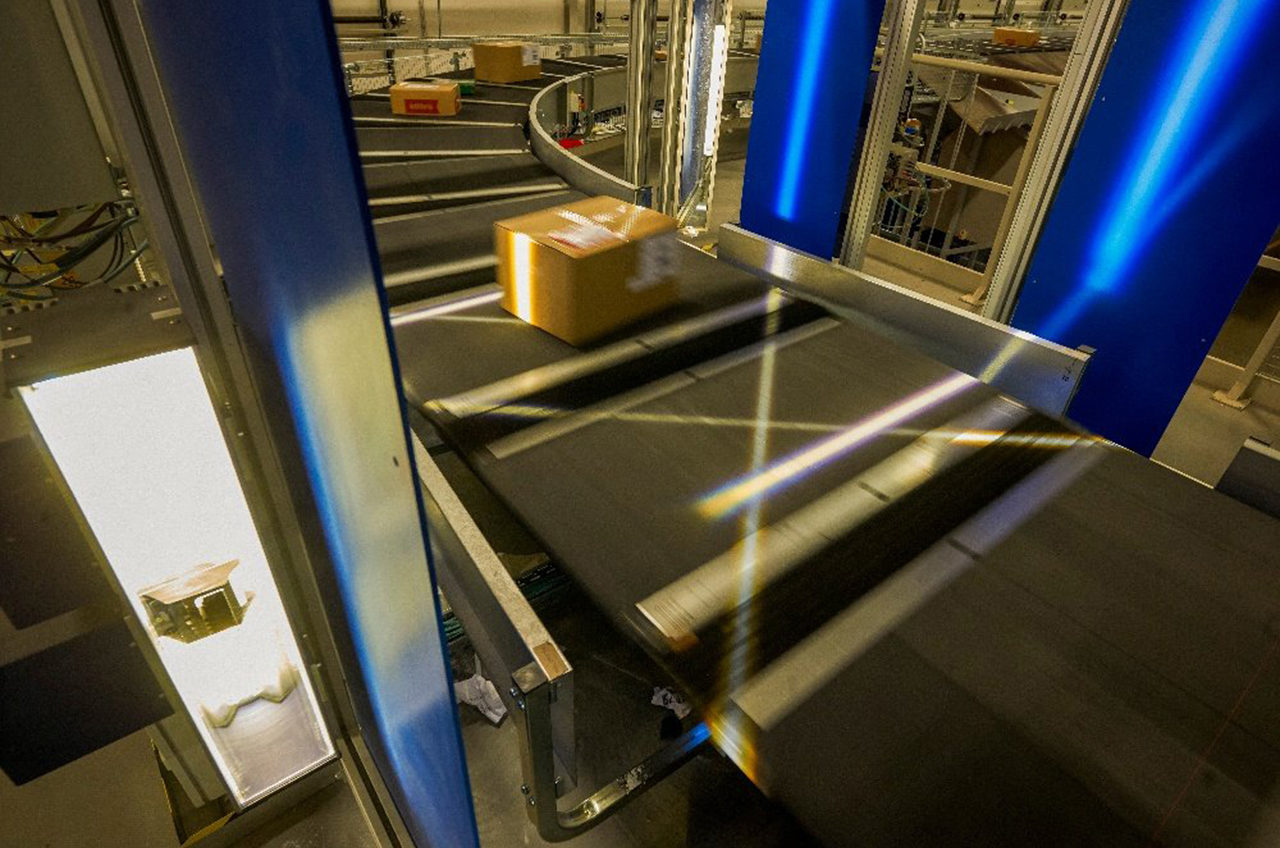By Jan Schroeder
Parcel distributors are experiencing an unparalleled rise in problematic shipments arriving at their distribution centres. One issue in particular is becoming more pronounced: the issue of “unsolvable parcels”. While commonly referred to as “no reads”, this term only partially covers the issue of unsolvable parcels, which can include parcels with missing, damaged, or invalid barcodes. By the end of this article, you will have a better understanding of what causes a parcel to be non-processable; is it actually because of a no-read issue or is it something else?
To maintain competitiveness in a fast-paced industry, distribution centres need to stay on schedule. But when “no read”, or unsolvable, items enter the finely tuned operations of a sortation loop, they can cause sudden disruptions, and in worst cases, a loss in profit for CEP companies.
What causes parcels to be no-reads or unsolvable?
The CEP industry usually distinguish parcels by whether or not they can be automatically sorted; good versus bad items.
A “good item” flows through sortation, from door to door, with just two manual touches: Onto the sortation system and into the delivery truck. What happens in-between is handled automatically. In these instances, parcels contain clear information about where they’re coming from, where they’re going, and how they’re going there. When automated flows break, it’s usually because sortation systems can’t find this information, causing the parcel to be unsolvable.
Distributors tend to think of “no reads” as one category of parcels, but in reality a parcel might be flagged as a such for several reasons:
- The parcel has no label or barcode at all. This is a kind of “no read”, however it doesn’t occur too often.
- The barcode is damaged or otherwise unreadable. This is also an instance of a “no read”.
- The barcode is readable, but the structure of the data contained in the barcode is not compliant. This causes the parcel to be unsolvable.
- The barcode is readable, but doesn’t contain data for further processing. This also makes the parcel unsolvable.
While most distributors are aware of the challenges related to issues 1 and 2, it’s actually the issues of unsolvable parcels (3 and 4) that are most disruptive to CEP operations. In other words, just because a barcode seems legible, it’s not a guarantee for automated sortation. Limiting the occurrence of unsolvable parcels is key to reducing costs. As such, it’s important to recognise that a “no-read” parcel might in fact be readable, but unsolvable.
There are at least three e-commerce trends in particular which cause the number of unreadable parcels to grow: more consumer-to-consumer parcels, more returned goods and the emergence of more global e-tailers with different standards for how to label shipments.
Increasingly, parcel shipments are happening across regional borders. In the globalised world of e-commerce, consumers have for a while now been accustomed to purchasing goods from global e-tailers both within and outside of their region of residence. Standards for packaging, wrapping and labelling parcels vary significantly between e-tailers – while standards for parcel data management varies between CEP distributors.
1. No read: Missing label or barcode
This rarely happens.
2. No read: Damaged or unreadable barcode
Did you get the error message: the barcode label on this package was unreadable? Home-printed labels can be problematic for reasons that are not necessarily visible to the human eye. But a high-speed barcode scanner sees everything and can have trouble reading these home-printed labels as proper barcodes.
Consumer-to-consumer shipping accounts for shipping between private households. This is enabled by the emergence of various online peer-to-peer marketplaces and resale platforms. C2C shipping is challenging to CEP providers because parcel labels are often printed at home on personal printers.
No reads can also occur because service providers handle items in ways that damage barcodes or if staff at parcel drop-off points are not ensuring correct labelling.
Read more: “Small parcel or large letter? How distribution centres can handle rest mail”
3. Unsolvable: Non-compliant data
Very often, a data issue occurs because the sender has not followed the distributor’s conventions for how information is structured in a barcode. This issue is amplified by the fact that there is no universal standard for data management in parcel shipment. Some postal services have developed a shared standard, but there’s no general consensus on either domestic or global levels.
4. Unsolvable: No data for processing
A common issue experienced by CEP providers is barcode labels with missing data. Usually, in these cases, the label seems fine and is physically in good shape, but the barcode doesn’t contain any data about where the parcel is going, for example, or the barcode contains a tracking number that can’t be found in the database used by the sortation system.
When parcels are missing data, it can also be caused by e-tailers using proprietary or niche IT systems, which don’t integrate well with more established systems. This means they can’t translate each other’s data entries – or even exchange data at all.
As with home-printed labels of inadequate quality, missing data is a recurring issue for parcels coming from smaller, niche e-tailers who don’t have the necessary equipment or know-how for labelling parcels correctly.
On average, 5 % of the parcels entering hubs don’t come with sufficient data. For a distribution centre handling a large number of parcels imported from outside Europe, for example, this number will often be higher. In short, without sort data, a barcode is useless – and the parcel will not be accepted for automated sortation.
